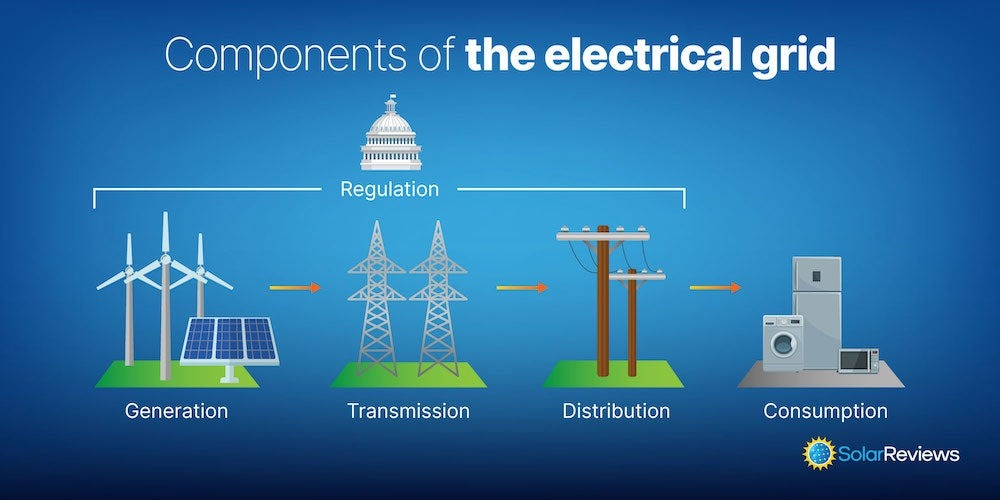One of the largest proposals in a long time is open for public comments. It is the proposal to allow large scale solar development in many wildlife-rich areas of the west.
The WyoFile folks do a great job of explaining the possible impacts of such in Wyoming. The same can be said for many of the western states where these public lands are included for possible consideration. Here is a link to the WyoFile article - https://wyofile.com/conservation-gr...xclusions-in-federal-solar-energy-initiative/
If you want to do something positive for conservation and wildlife, here's your chance. It might take five minutes of your time. Link - https://eplanning.blm.gov/eplanning-ui/project/2022371/595/8020124/comment
Thanks for providing your comments (on the plan).
The WyoFile folks do a great job of explaining the possible impacts of such in Wyoming. The same can be said for many of the western states where these public lands are included for possible consideration. Here is a link to the WyoFile article - https://wyofile.com/conservation-gr...xclusions-in-federal-solar-energy-initiative/
If you want to do something positive for conservation and wildlife, here's your chance. It might take five minutes of your time. Link - https://eplanning.blm.gov/eplanning-ui/project/2022371/595/8020124/comment
Thanks for providing your comments (on the plan).





